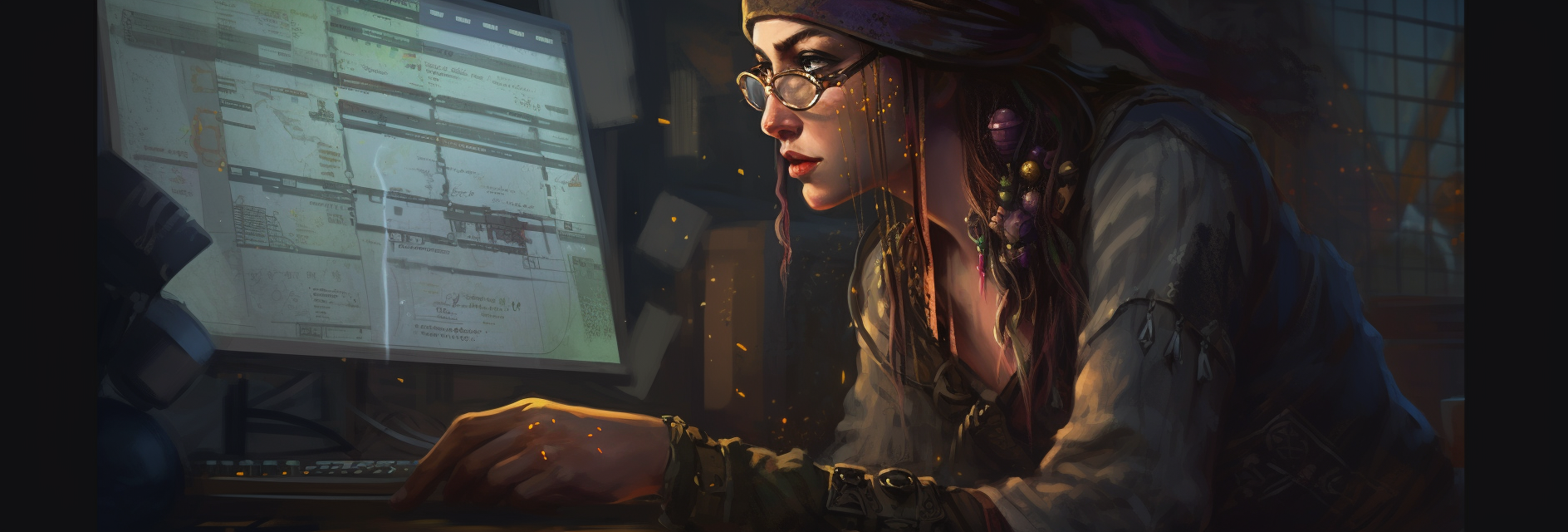Importing necessary JodaTime classes

Ahoy there matey! Are you ready to embark on a journey with JodaTime? Before we set sail, let’s make sure we have all the necessary classes imported so we can navigate the seas of time with ease.
JodaTime is a library that provides a better way to handle dates and times than the standard Java Date and Time classes. It’s more flexible, easier to use, and has a plethora of useful features that will make your timekeeping much smoother.
To start using JodaTime, you first need to import the necessary classes. Don’t worry, it’s as easy as finding treasure on a deserted island.
How to import necessary JodaTime classes
To import the necessary JodaTime classes, you first need to download and install the JodaTime library. Once you have it installed, you can start importing classes.
To import the core JodaTime classes, you can use the following code:
import org.joda.time.DateTime;
import org.joda.time.LocalDate;
import org.joda.time.LocalTime;
These classes will allow you to work with dates, times, and date-times respectively.
But that’s not all! There are also other useful classes you may need, such as Periods, Durations, and Formatters. To import these classes, you can use the following code:
import org.joda.time.Period;
import org.joda.time.Duration;
import org.joda.time.format.DateTimeFormat;
import org.joda.time.format.DateTimeFormatter;
The Period and Duration classes are used to represent intervals of time, while the DateTimeFormatter class is used to format and parse dates and times.
Now that you have all the necessary classes imported, you’re ready to set sail with JodaTime!
Conclusion
Importing the necessary JodaTime classes is a breeze with just a few lines of code. With JodaTime, you’ll be able to handle dates and times with ease and have access to a plethora of useful features.
In the next article, we’ll dive deeper into creating DateTime objects and setting sail on our journey through time! Keep your eye on the horizon, matey!